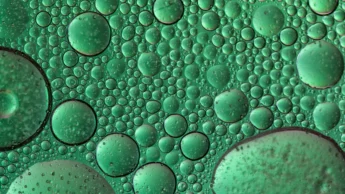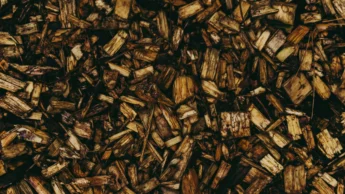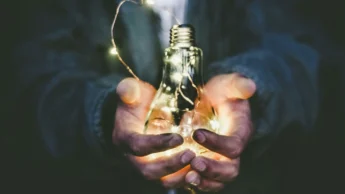According to climate agreements, by 2050 all energy used in the Netherlands must come from renewable sources. To achieve this, several approaches are possible. One of them is investing in wind energy, both onshore and offshore. How is the Dutch government tackling the growth of offshore wind energy?
We look at the goals of wind energy, which route the Dutch government is taking when it comes to offshore wind energy, the construction of wind farms and grid connection, and the balancing of interests in offshore wind farms.
Do you want your innovation to make it easier to meet ESG targets? Would you like to develop your idea in collaboration with Beeliners? We would love to help you! Feel free to drop by for a cup of coffee and we will be happy to discuss the possibilities with you.
Goals
The Energy Agreement for Sustainable Growth stated that there should be at least 4.5 GW of capacity for offshore wind turbines by 2023. Wind turbines at sea will then supply 3.3% of all energy in the Netherlands.
The Climate Agreement (2019) and the coalition agreement (2021) agreed to continue the offshore wind energy policy. Around 2030, this should result in around 21 GW of offshore wind farms. These will then supply 16% of all energy in the Netherlands and 75% of current electricity consumption.
The arrival of offshore wind farms brings economic opportunities. A large home market gives the Dutch offshore and wind sector the opportunity to further develop its expertise and thus strengthen its international position. Already, Dutch companies have a market share of around 25 per cent of the total European offshore wind market.

Route of approach
In recent years, two wind farm areas have been built around Borssele. Three more will follow in the coming years, which will be located 18.5 kilometres off the coast of South Holland and North Holland.
More wind farms will follow in the following period, far out to sea to the west and north of our country.
Construction of wind farms
The central government regulates all the conditions to build the wind farms. This includes where they will be located, measures to protect nature and permits. To do this, the government studies the structure of the plot, the soil, wind speeds and water data. This way, a wind farm developer knows in advance exactly how best to build the wind farm.
The central government issues the plots through tenders, in which wind farm developers compete for the permit. The wind farms in the wind energy area Hollandse Kust (south) will be the first subsidy-free wind farms in the world in 2022 and 2023. Energy from wind farms goes to land via electricity cables: the offshore grid.
Balance of interests
The development of offshore wind energy involves several interest considerations, with ecological, economic and social aspects intertwined. On the one hand, offshore wind energy represents a promising step towards a more sustainable energy supply, with significant environmental benefits and the possibility of reducing greenhouse gas emissions. On the other hand, these projects present challenges with regard to the impact on the marine ecosystem, particularly the disturbance of seabirds and marine mammals, and the effect on seabed biodiversity.
Economically, offshore wind energy offers opportunities for job creation and boosting local economies, especially in areas with well-developed ports. However, initiatives must also take into account the costs of constructing, operating and maintaining offshore wind farms, which may affect energy prices.
Socially, the interests of local communities must be weighed against the benefits of renewable energy. Public participation and acceptance are crucial to the success of such projects. Possible visual impacts and noise pollution must also be considered.
Balancing these different interests requires careful planning, transparent communication and active stakeholder engagement to ensure that offshore wind energy not only contributes to the energy transition, but is also implemented in a responsible and sustainable manner.
Working on your ESG-innovation together with Beeliners
Do you have a good idea for a product, service, process or technological innovation that makes it easier to achieve ESG goals? And would you like to develop your idea in collaboration with Beeliners? Beeliners has an innovation cell dedicated to innovations in energy and heating systems. Feel free to drop by for a cup of coffee and we will be happy to discuss the possibilities with you.
Also interesting
-

How will the production of green gas be encouraged?
In an era when the world is paying increasing attention to renewable energy sources, green gas is a promising alternative that has the potential to reduce our dependence on fossil fuels. Green gas, also known as biomethane, is produced from organic material such as green waste, sewage sludge, or even… Read More
-

What is bio-energy?
In an era when the urgency of renewable energy sources is becoming increasingly prominent, bioenergy takes centre stage as a promising and environmentally friendly solution. This renewable form of energy, derived from biological sources such as plants, offers a range of possibilities for reducing our dependence on fossil fuels and… Read More
-

This will encourage the use of renewable energy
In a world where the calls for sustainability and environmental awareness are getting louder, the use of renewable energy sources is central to the fight against climate change. While individual efforts by citizens and businesses play an important role, a crucial responsibility rests on governments worldwide to accelerate the transition… Read More

